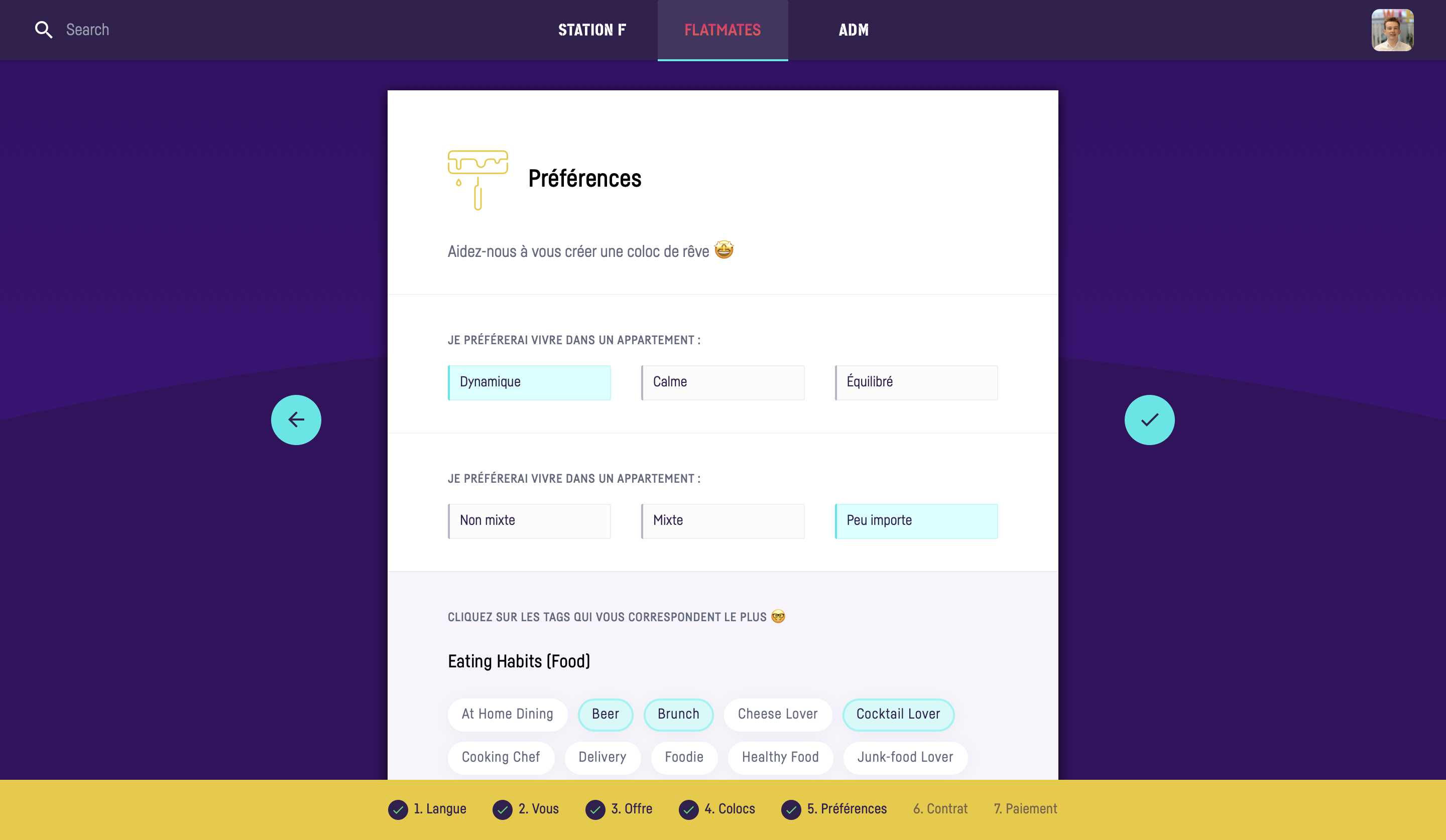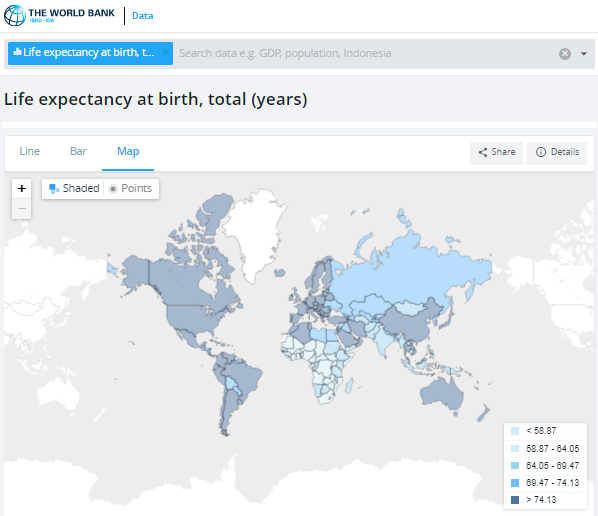Talis Capital – an early investor in Darktrace, Pirate Studios, Luminance and iwoca – announces today that it’s raised $100m for 2019, a record for the firm to date as it passes it’s 10th year of operation.
In those ten years it’s done $600m in transactions as it seeks to invest in the fast-growing tech companies that are disrupting established sectors, including food and farming, consumer and healthcare. It’s also seen its total assets under management increase by 220% in five years.
In the past 12 months, Talis has invested in Pricefx, Beyond, Edge Intelligence, Insurdata, The Learning People, Import.io, Omni:us, Oh My Green, The Plum Guide, Ynsect, Medbelle, Artemis, Zyper and others. Prior to that it has also invested in Pirate Studios, Luminance, and Clausematch.
Vasile Foca, Managing Partner and Co-Founder of Talis Capital, said: “The investors we work closely with want to back the next generation of innovators and disruptors… Talis Capital has its roots in a family office, but has grown to incorporate over 30 individuals and families to offer a gateway to the best of the European venture capital scene.”
We did a Q&A with Talis’s Matus Maar (MD) and Vasile Foca (MP), both co-founders of Talis Capital, to find out what makes this fund tick:
What’s it like to work with Talis versus any other kind of vc? How does Talis differ from a traditional VC?
What’s unusual is we’re backed by a group of successful entrepreneurs and business people, this unlocks opportunities for our companies across a broad range of sectors. We’re different for a number of reasons but mainly it’s our unique structure and investor base which is important. We can write checks from $400k to £15m+ and can do investments from Seed to Series C in any geography (US, China, Israel, EU etc). We cover B2B and B2C. We’re a generalist technology investor looking for companies that have global potential. Talis is looking for entrepreneurs (and ideas) that we can genuinely be passionate about.
What have been the biggest exits and most notable entrepreneurs you’ve worked with?
We partner with companies for the long term. This means that sometimes we provide liquidity for our early investors, while staying with the company and keeping that close relationship through another, later stage LP. This is because we perceive the upside from following-on on our investments for multiple rounds.
Are you competing with traditional VC funds? Who do you typically partner with?
Yes we are competing with traditional VCs but at the same time we are fully flexible to go solo, lead or co-invest, and we can do any structure. We have worked, over the years, with almost all the usual suspects and aren’t fazed by those VCs who boast a strong brand – it’s a people business after all. The way we leverage our entrepreneurial investor base to help our companies also means that other VCs and especially the companies themselves want us in. Our flexibility on the check size/ stage / speed tends to make us an easy partner to add to the captable.
You are celebrating your 10th anniversary. What do you think are are the three biggest changes in the sector in the last decade?
The first big change is evolution of VC funding itself. We see more participation from non-tech families and entrepreneurs in VC investing. 10 years ago tech was still just a post dot.com sceptical area for most people who favour traditional asset classes. Today, everyone understands undoubtedly that tech-leveraged companies have a chance to win mid-long term – in any industry. And so smart people from all backgrounds are investing or want to participate in the VC space.
We’ve seen industries like funerals, agriculture and health increasing the pace of innovation, while these were sectors that were completely offline just a few years ago.
The second big change is the evolution of start-ups. Starting a company is much cheaper than 10 years ago, mostly due to a maturing infrastructure and hence we have seen huge growth in seed stage rounds – with CAGR over 60% in the last 5 years alone. We’re also seeing Series A rounds getting bigger. While the number of start-ups in incubators, accelerators and various types of programmes has increased, the number of Series A rounds hasn’t really changed meaning it’s more difficult to source strong winners at Series A stage.
Increasingly, the boundaries between private equity, Hedge Funds, real estate funds, listed funds and venture capital are becoming blurred. They’re all doing VC now.
The third big change is the evolution of the consumer: it’s been called “the Amazon effect” and describes the behavioural shift in providing and receiving consumer services. Amazon’s “one touch purchase” experience has become the default customer experience standard to measure. This is driving change across many industries that were seriously lacking that e.g in insurance.
Can you tell me more about your network of investors? Are they involved at all in spotting the companies for example?
We have a fairly small group of investors (30 or so) who have all been very successful in their careers as entrepreneurs or high profile business people – it’s a mix of well known families and individuals. Their experience spans a number of industries including financial services, telecoms, commodities, industrials, leisure, retail, and real estate. They are all incredibly impressive and of course we welcome their views on what’s hot in the sectors they know inside out.
Why do they see tech as an opportunity right now?
Savvy investors globally are looking for ways to back the next generation of innovators and disruptors. But without the know-how, connections, education and access – it’s actually really hard to unearth the winners. Our investors see us as a gateway into the venture stage tech scene. The ideas we’re backing are not short term technology micro themes – we’re interested in longer term macro trends which we know are going to change the way future industries evolve.
Can you be more specific with regards to cheque size and stage and any particular verticals, themes or technologies you plan to invest in?
We focus mainly on Late Seed, Series A and Series B – $1 – $10m being the typical first cheque. But we pride ourselves at being flexible and our entrepreneurial investor base allow us to do so. And so we did some earlier seed as well as co-founded and incubated companies (eg Pirate Studios, Skwire). We’ve also done some larger $10m+ cheques in Series C companies, most recently Ynsect – a super cool tech-enabled, premium feed and organic insect protein producer in France.
Why have you chosen digital health, sustainable food and farming, and “content-to-commerce”? And what do you mean by “content-to-commerce”?
The themes and sub-sectors we focus on evolve all the time. We were heavily into cyber security when we led Darktrace Series A but that market now is very saturated. We really like certain areas of Fintech. We led the seed for Iwoca which is a great company, we backed Onfido, Clausematch, Omni:us, Luminance, Premfina. These are all either within direct finance or ‘picks and shovels’ companies like Onfido which enable the neo-banks to do instant secure ID verifications and open accounts fast. Omni:us, for instance, helps insurance companies to process claims much faster and more accurately through their innovative computer vision tech.
Data and IoT are all interesting and we backed number of companies in this space.
Digital health is such a huge opportunity because of several macro trends such as an increasingly aging population, a shortage of medical staff, and minimal penetration of new technologies. There is significant potential in switching focus to prevention rather than treatment which could save public and private institutions billions of dollars. Health institutions, which have traditionally been bureaucratic, are realising they can’t cope with the volume of patients, and they are actively seeking digital solutions.
The food and agri sector is subject to similar macro trends, the volume of food needed to feed a 9 billion population by 2050 requires technology to bring in efficiencies. From farm to fork, both consumers and investors are waking up to how innovations can transform verticals like precision farming, yield maximisation, sustainability and quality of foods supporting world preferences for a more diverse and conscious supply.
Content to Commerce is an emerging way for new generation commerce companies to acquire customers via their viral content mostly on social media, instead of the unsustainable pyramid scheme model of paid customer acquisition via ads on Google, Facebook, etc. They can engage consumers with content/video/podcast and providing them a seamless UX experience that converts them to purchase.
Companies like Threads are doing exactly that, acquiring customers by organic viral content on social and then they make money from the commerce side. Many publishers have tried to become e commerce companies and have failed, and many ecoms tried to become viral publishers but that is also hard. Those companies who know from the beginning that they are doing both (Content to Commerce) can do it well, and then it works amazingly.
Generation Z and Millennium-type consumers don’t buy at places that just provide the transaction – anyone can do that – they want an experience and they want to be aligned with the brand or content.
We have also backed Zyper that allows brands to connect with their biggest fans, create communities of them and let them be the genuine brand ambassadors. Or Narrativ that is rethinking completely how search will work for the content generation and helps publishers and retailers monetise better. Pirate Studios is enabling the 95% of musicians who couldn’t afford to record music to be able to do that now, and that content fuels more rehearsals at Pirate Studios.
What are the standout qualities you look for in founding teams and companies?
Crazy drive and ambition meets smart execution.
Charisma, strong determination, clarity of thinking, ruthless intellectual honesty and insatiable energy.
The ability to think big picture, and at the same time be detail-oriented, is a rare quality that we appreciate in founders.
Almost every new fund these days is talking about its operational support for portfolio companies. What does Talis do to actively support the companies you back?
It’s sad that it’s become a cliché. Supporting the portfolio operationally shouldn’t be used as a key differentiator or marketing piece. That’s the whole point of investing at the stage that we do. We ask founders questions they never thought were important. We’re on a journey with our entrepreneurs and support them operationally, financially as well as emotionally! Since you ask the usual stuff includes cross pollinating the portfolio, tapping into our venture network and wider industry networks (we host a couple of concept focused events a year) and as already mentioned our investor networks are unlike anyone else’s- which helps! We also have a super talented team which, alongside taking a board seat, we’re happy to deploy into companies when needed, for pitch deck support, operating model build-up, sector mapping, scouting acquisition opportunities and more.
What lessons have you learned from working with the likes of Darktrace and Luminance?
We led the Series A for both of these companies – both have been executing along an impressive trajectory. They perfectly demonstrate how transformational real AI solutions can be for corporates of all sizes (and there is a lot of so-called AI around right now that isn’t real).
What do you think Talis Capital might be investing in 10 years from now?
Autonomous everything. From cars to all aspects of life. Changing physical infrastructure of cities, eventually the whole world will be shifted – companies who can enable the changes will be big.
Ageing population. By then it will be obvious that people will be able to live substantially longer – or forever – and this will become a real issue in 10 years time. It will change and confuse all layers of society and on all levels: economic, security, social, food, leisure etc
Space. For now this category is reserved for investors with huge balance sheets and very long horizons. But Moore’s law will catch up and humans will definitely be exploring space en masse.
Nanotech. Energy should be unlimited by then – or we will understand that energy ultimately is not an issue (ties in with space) – and with Moore’s law kicking in on being able to program on nano level, we will be able to program and alter biology, which will help with the aging population issue.
Some of these will perhaps take more than 10 years…








 Overall, Founders Factory’s move into Africa and healthcare (through FFA) raises several compelling things to watch.
Overall, Founders Factory’s move into Africa and healthcare (through FFA) raises several compelling things to watch.